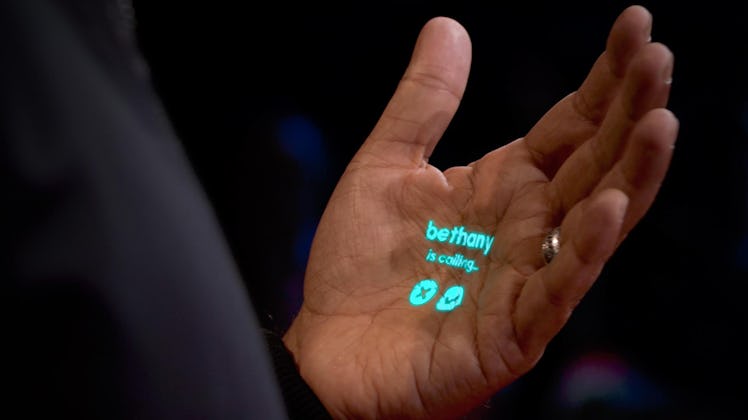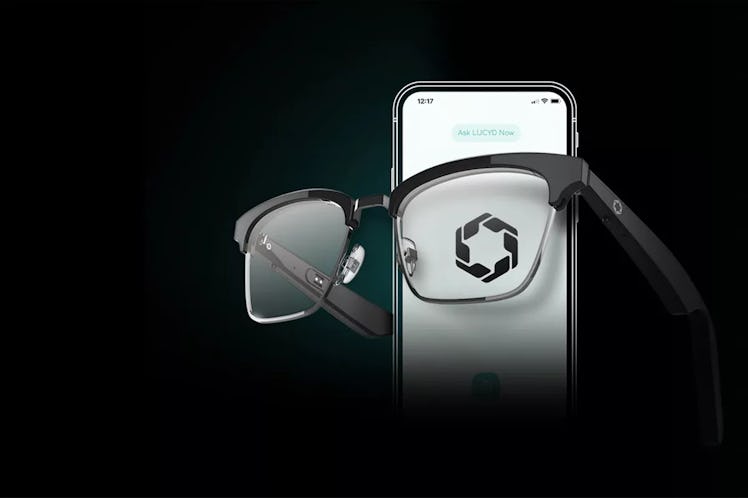Tags
Artificial Intelligence., iphone, Smartphone., Smartphones, Social Media, Technology, The Future of Mankind, Visions of the future.
( Ten minute read)
SMART PNONES ARE NOW A PART OF THE FABRIC OF OUR CULTURE.
Virtually everyone carries a smartphone today. these things didn’t exist until just over 15 years ago and there are now your web browser, camera and camcorder, music player, gaming console, navigation unit, step counter, flashlight, personal AI assistant, and digital wallet and makes calls, too.
As new generations grow up as digital natives, with iPads and smartphones in their hands before they can even walk, we also could be living in a world with even more screens, and smartphones may be only the beginning.
Surely our reliance on smartphones will evolve into something else. Perhaps blending into our bodies and clothing, telling us when to turn left or right, buy that, speak.
In fact, many believe screens will become even more ubiquitous, including (but not limited to) a world steeped in mixed reality, a combination of a virtual world and physical spaces, with most of us experiencing this hybrid via high-tech goggles.“
As of right now, I believe we are still going towards an era of more screens, screens everywhere, in the bathroom, on doors, and it’s already happening in cars and on fridges with these screens becoming more personalized, calling you by name, entering the era of holographic displays.
Mixed reality experiences are going to get “wild” in the coming years.
The future is already here — it’s just not evenly distributed.
Clearly, what our post-smartphone future looks like is subject to speculation — especially in an industry that not only moves at a torrential pace but could take an unexpected detour at any time.
In other words, ambient computing and mixed reality are both likely to happen, simultaneously and overlappingly.
Ten years from now, when we gaze upon the devices in our hands (or, less likely, consider the implant in our spinal columns), I expect we’re going to be telling one of those two stories again.
Humane’s AI Pin, for example, is a small device you can attach to your shirt or jacket, and it works as a nonphysical smartphone by projecting calls, messages, and info from apps onto a surface (like your hand).
Powered by artificial intelligence, this screen less solution will also have location data and contextual awareness. 
we’ll also have a deeper and more self-conscious awareness of the smartphone’s place in our culture.
I could spin a tale about phones that project their displays into mid-air between your fingers. I could predict that we won’t have phones at all but, instead, high-bandwidth jacks plugged right into our brains, connecting us into a 6 or 7G network of wordless, emotive communication.
I could predict that we don’t need to store our lives in our phones — all that data can live in the cloud.
I could predict that our phones will stop consolidating into a single device and instead explode out into a mesh network of tinier, more bespoke gadgets.
I could predict that our phones could shape-shift into a size fit for the task at hand. Morph and upgrade as needed, adding on better cameras, different sensors, and surprising new capabilities.
But in 10 years, maybe the mobile industry will have evolved to a point where modular phones make a comeback.
at least relegated to our pockets more often than not — by smart eyeglasses. Think of how often you check your phone throughout the day. No one would want to be constantly futzing with swipe and tap gestures on their glasses that frequently
a phone isn’t something we carry around with us — it’s everywhere. Every room in your home has a smart speaker, a screen, a lamp, and who knows what, that’s connected to the network and ready to do whatever you would have asked of your phone.
Rather than face the onerous task of taking a phone out of your pocket, unlocking it, opening the right app, and typing words on its little screen, the world around us will simply be equipped to do the tedious stuff for us. There are very obvious and serious ethical problems with this scenario. Equipping the world around us to anticipate and solve our needs requires us to surrender an incredible amount of information about ourselves.
Maybe a fully ambient computing life isn’t in our future, whether it’s sight issues or vertigo and motion sickness, it’s not for everyone and will not replace a smartphone for many.
Smartphones will remain as a bedrock to our overall computing experience for a while yet, but we’ll no doubt see the technology evolve in different directions, as it always does — just not so fast.
Those born after 1995 are the first people in history to go through puberty with a portal to an alternative universe in their pockets – and the toll this has taken on their wellbeing has been devastating.
Companies that strive to maximise “engagement” by using psychological tricks to keep young people clicking are the worst offenders. They hooked children during vulnerable developmental stages, while their brains were rapidly rewiring in response to incoming stimulation. This included social media companies, which inflicted their greatest damage on girls, and video game companies and pornography sites, which sank their hooks deepest into boys.
How do we escape from these traps? Collective action problems require collective responses:
Given that AI and spatial computing (such as Apple’s new Vision Pro goggles) are about to make the virtual world far more immersive and addictive, I think we’d better start today.
Something in our culture is devastating the next generation.
The culprit is a massive, sudden switch from raising kids on play to raising kids on phones—specifically, smartphones loaded with life-sucking social media apps.
The user is not the customer—the user is the product.
This is the business model behind social media platforms, where you try to maximize the amount of time that kids and other users spend there. Children were becoming “merchandise.”
We need to have thousands of experiences every single year, every single day, to practice interacting with others in the real world, navigating conflict and struggle by finding more meaning in one’s lifetime.
I’m going to give my child a smartphone at age 9 or 10 is to destroy that life.
Perhaps its time to pass laws (just like acquiring a fire arm) restricting the acquisition of a smart phone till 18 of age is attend. Or restriction on accessing conventional social media such as TikTok, Instagram and Snapchat until they are 18.
Tech is and will remain a fantastic tool, but it has to act in people’s service, not people being reduced to serving a product.
Algorithms that re-engage and stimulate the pleasure system and are built to avoid you losing interest in the content have a type of addictive dynamic.
All human comments appreciated. All like clicks and abuse chucked in the bin.
Contact: bobdillon33@gmail.com
